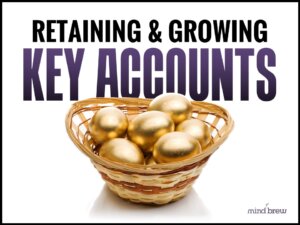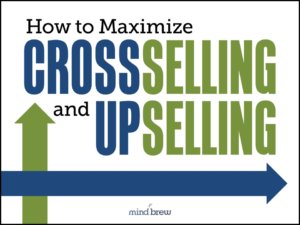In the mid-1980s Nintendo had the kind of problem most CEOs only dream about: their games were just too good.
The NES consoles were a huge hit. After just two months on the market, the company had sold 500,000 units. But selling gaming consoles wasn’t Nintendo planned to make it’s money. In fact, at the time, you could buy an NES for just a little bit more than they cost to product. The company was counting on consumers buying lots of games, which is where the real profit was.
But those early games—like Donkey Kong, Super Mario Bros., and eventually Legend of Zela—were a little bit too awesome. People enjoyed playing them over and over so much that they weren’t buying new games as often as Nintendo needed them to.
So the Nintendo marketing team sprang into action.
They came up with a bunch of ways to help players complete games more quickly. They rolled out a free phone helpline, as well as a newsletter that later became Nintendo Power Magazine. They offered hints, tips, guides, even cheat codes—and players couldn’t get enough of them. The magazine and helpline also provided a way to get players excited about upcoming games that they might not have heard about otherwise.
This episode of gaming history has some interesting parallels to B2B sales. No, your products probably aren’t as exciting as Super Mario Bros., and no, people probably won’t call your office all hours of the day and night to get free tips on how to use your product better.
But you probably do rely a considerable amount on cross-sell and upsell opportunities. And like Nintendo, developing a stronger relationship with your customers could probably help you increase those sales. Your sales ops team is the key to improving those relationships.
3 tips for developing stronger customer relationships
Nurturing a customer relationship is a long-term prospect. But there are plenty of steps you can take today to start improving the connection between your brand and your customers. Here are three:
- Leverage customer data. Your CRM system and other tools have a treasure trove of information about your interactions with your customers. If you aren’t already, start using these tools to identify opportunities for proactive engagement. Today’s analytics make it easy to identify patterns and preferences that highlight hidden sales opportunities. Ideally, you want to create prescriptive account plans that tell your salespeople exactly who to contact, when, and what to offer.
- Check in regularly. In addition to these prescriptive plans, your sales team should be contacting customers on a regular cadence to see if their needs have changed. These chats also provide a chance to offer tips and tricks that can help your customers feel more like power users—and more likely to want to purchase again. They also allow you to provide a sneak peek at new products and start whetting their appetite for new offerings.
- Learn more and iterate. No matter how much you know about sales ops, there’s always more to learn. And as you gain more knowledge, you should be re-evaluating your existing strategies to find new ways to refine them and improve your results. If cross-sell and upsell is a big interest for you, we would humbly suggest the following SellingBrew resources as a good place to start:
No sales strategy works forever. As the market changes, you will need to adapt to new technology, new competition, and evolving customer preferences. That’s why continuous learning is so essential for sales ops leaders.
For Nintendo, the magazine strategy worked for a really long time. Nintendo Power was in print 24 years, from 1988 to 2012. A few years ago, the company revisited and adapted the old strategy, giving it new life as a podcast. It’s a great example of a firm finding new ways to connect with customers and help them meet their goals in a way that ultimately benefits the company.
















